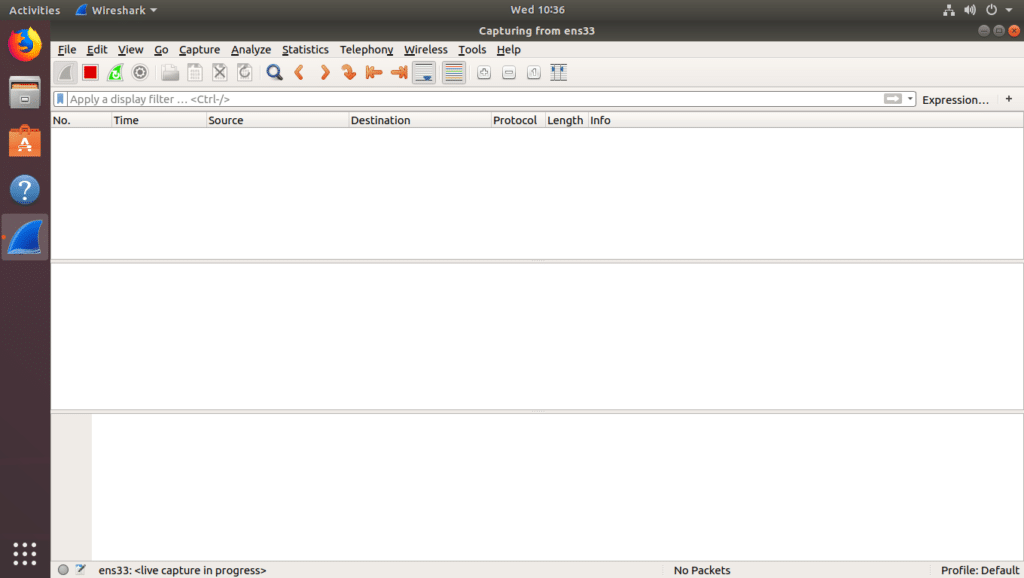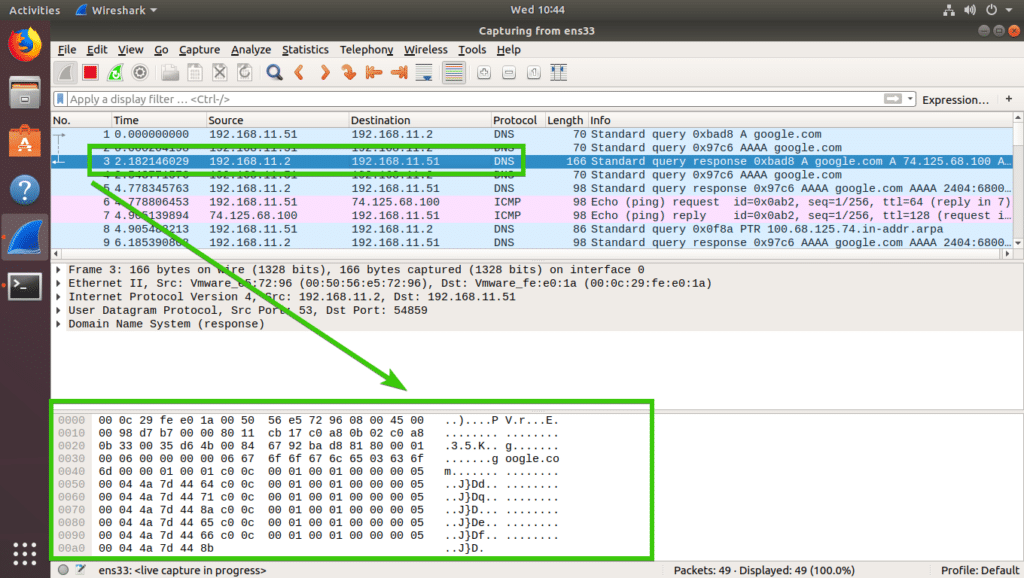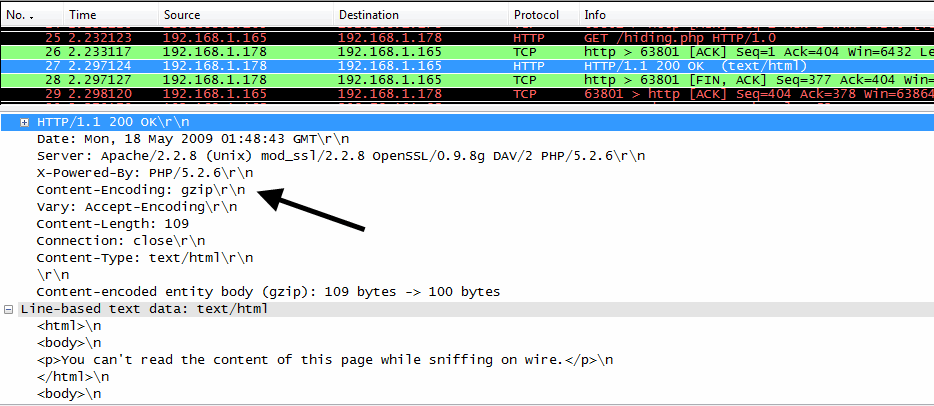
To quickly install the Microsoft Loopback Adapter in Microsoft Windows Server 2003, use the DevCon utility at a command prompt. You can install the adapter by using a command prompt or by using the Hardware Wizard. This article describes how to install the Microsoft Loopback Adapter in Microsoft Windows Server 2003.


If you are capturing on a loopback device in a BSD system (including macOS), all traffic will use the "null" or "loopback" protocol if you are capturing on another device, no traffic will be "null" or "loopback" traffic.This article describes how to install the Microsoft Loopback Adapter.Īpplies to: Windows Server 2003 Original KB number: 842561 Introduction You cannot directly filter Null/Loopback protocols while capturing. Show only the Null based traffic: null Capture Filter Display FilterĪ complete list of Null display filter fields can be found in the display filter reference Keep it short, it's also a good idea to gzip it to make it even smaller, as Wireshark can open gzipped files automatically. XXX - Add a simple example capture file to the SampleCaptures page and link from here. (XXX add links to preference settings affecting how Null is dissected). The Null/Loopback dissector is fully functional. XXX - Add example traffic here (as plain text or Wireshark screenshot). The "null" and "loopback" protocols are the lowest software layers, so they only depend on the implementation of the loopback device. The "null" protocol dates back to the original BPF implementation on BSD. The "loopback" protocol is used by recent versions of OpenBSD it's the same as the "null" protocol, except that the 4-byte AF_ value is in network byte order (big-endian) rather than host byte order.

The byte order is that of the host on which the packet was captured, so the dissector has to be able to handle both big-endian and little-endian values. AF_INET is 2 on all BSD-based operating systems, as it was introduced at the same time the BSD versions with networking were released however, AF_INET6, unfortunately, has different values in, so an IPv6 packet might have a link-layer header with 24, 28, or 30 as the AF_ value. It is somewhat misnamed, in that the link-layer header isn't "null" in the sense that there isn't any link-layer header instead, the link-layer header is a 4-byte integer, in the native byte order of the machine on which the traffic is captured, containing an "address family"/"protocol family" value for the protocol running atop the link layer, for example AF_INET for IPv4 and AF_INET6 for IPv6. The "null" protocol is the link-layer protocol used on the loopback device on most BSD operating systems.


 0 kommentar(er)
0 kommentar(er)
